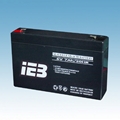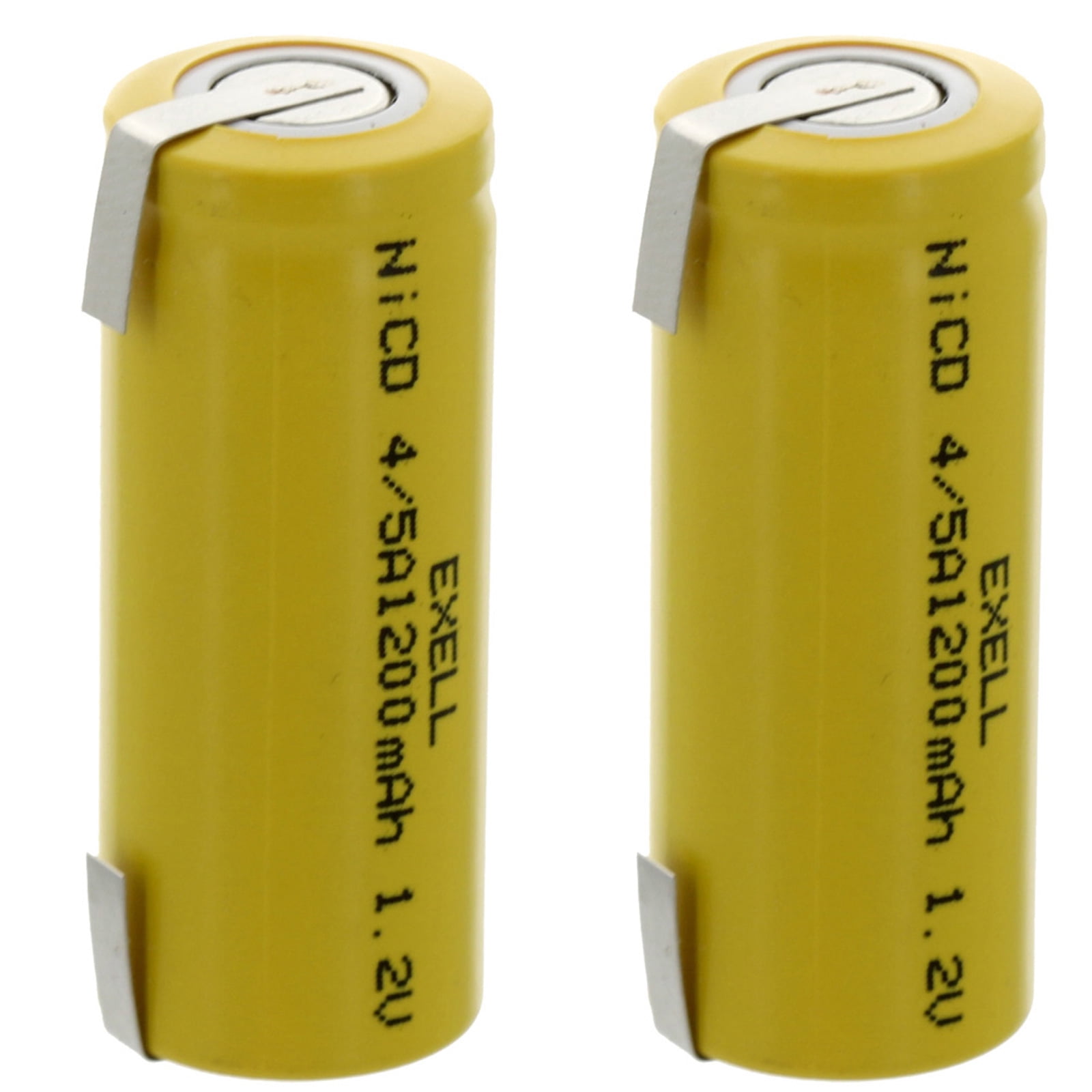

He thought that his cells were an inexhaustible source of energy, and that the associated corrosion effects at the electrodes were a mere nuisance, rather than an unavoidable consequence of their operation, as Michael Faraday showed in 1834. Volta did not understand that the voltage was due to chemical reactions. This was a stack of copper and zinc plates, separated by brine-soaked paper disks, that could produce a steady current for a considerable length of time. Italian physicist Alessandro Volta built and described the first electrochemical battery, the voltaic pile, in 1800. By multiplying the number of holding vessels, a stronger charge could be stored, and more power would be available on discharge. Franklin grouped a number of the jars into what he described as a "battery", using the military term for weapons functioning together. Italian physicist Alessandro Volta demonstrating his pile to French emperor Napoleon Bonaparteīenjamin Franklin first used the term "battery" in 1749 when he was doing experiments with electricity using a set of linked Leyden jar capacitors. In automobiles, this is somewhat offset by the higher efficiency of electric motors in converting electrical energy to mechanical work, compared to combustion engines. Batteries have much lower specific energy (energy per unit mass) than common fuels such as gasoline.
4 C BATTERIES PORTABLE
Examples include the lead–acid batteries used in vehicles and lithium-ion batteries used for portable electronics such as laptops and mobile phones.īatteries come in many shapes and sizes, from miniature cells used to power hearing aids and wristwatches to, at the largest extreme, huge battery banks the size of rooms that provide standby or emergency power for telephone exchanges and computer data centers. Secondary (rechargeable) batteries can be discharged and recharged multiple times using an applied electric current the original composition of the electrodes can be restored by reverse current. Primary (single-use or "disposable") batteries are used once and discarded, as the electrode materials are irreversibly changed during discharge a common example is the alkaline battery used for flashlights and a multitude of portable electronic devices. Historically the term "battery" specifically referred to a device composed of multiple cells however, the usage has evolved to include devices composed of a single cell. When a battery is connected to an external electric load, a redox reaction converts high-energy reactants to lower-energy products, and the free-energy difference is delivered to the external circuit as electrical energy. The terminal marked negative is the source of electrons that will flow through an external electric circuit to the positive terminal. When a battery is supplying power, its positive terminal is the cathode and its negative terminal is the anode. It originated as a schematic drawing of the earliest type of battery, a voltaic pile.Ī battery is a source of electric power consisting of one or more electrochemical cells with external connections for powering electrical devices. The symbol for a battery in a circuit diagram. The C battery is called "14" in current ANSI standards of battery nomenclature, and in IEC standards is designated "R14".Various cells and batteries (top left to bottom right): two AA, one D, one handheld ham radio battery, two 9-volt (PP3), two AAA, one C, one camcorder battery, one cordless phone batteryĮlectrochemical reactions, Electromotive force The AA, AAA, and N sizes have been in common use since the 1950s. Like the D battery, the C battery size has been standardized since the 1920s. Compared to the AAA and AA batteries, C-batteries' storage capacities are significantly higher. Zinc-carbon C batteries usually hold up to 3800 mAh. Alkaline C batteries have a storage capacity up to 8000 mAh while rechargeable NiMH C batteries can hold up to 6000 mAh. The voltage and capacity of a C-size battery depends on the battery chemistry and discharge conditions.

Properties D, C, AA, AAA, AAAA & 9-volt batteriesĪ C battery measures 50 mm (1.97 in) length and 26.2 mm (1.03 in) diameter. In Switzerland as of 2008, C batteries totalled 5.4% of primary battery sales and 3.4% of secondary (rechargeable) battery sales. The C battery (C size battery or R14 battery) is a standard size of dry cell battery typically used in medium-drain applications such as toys, flashlights, and musical instruments.Īs of 2007, C batteries accounted for 4% of alkaline primary battery sales in the United States. For the battery used to power vacuum tubes in early electronic devices, see C battery (vacuum tube).


 0 kommentar(er)
0 kommentar(er)
